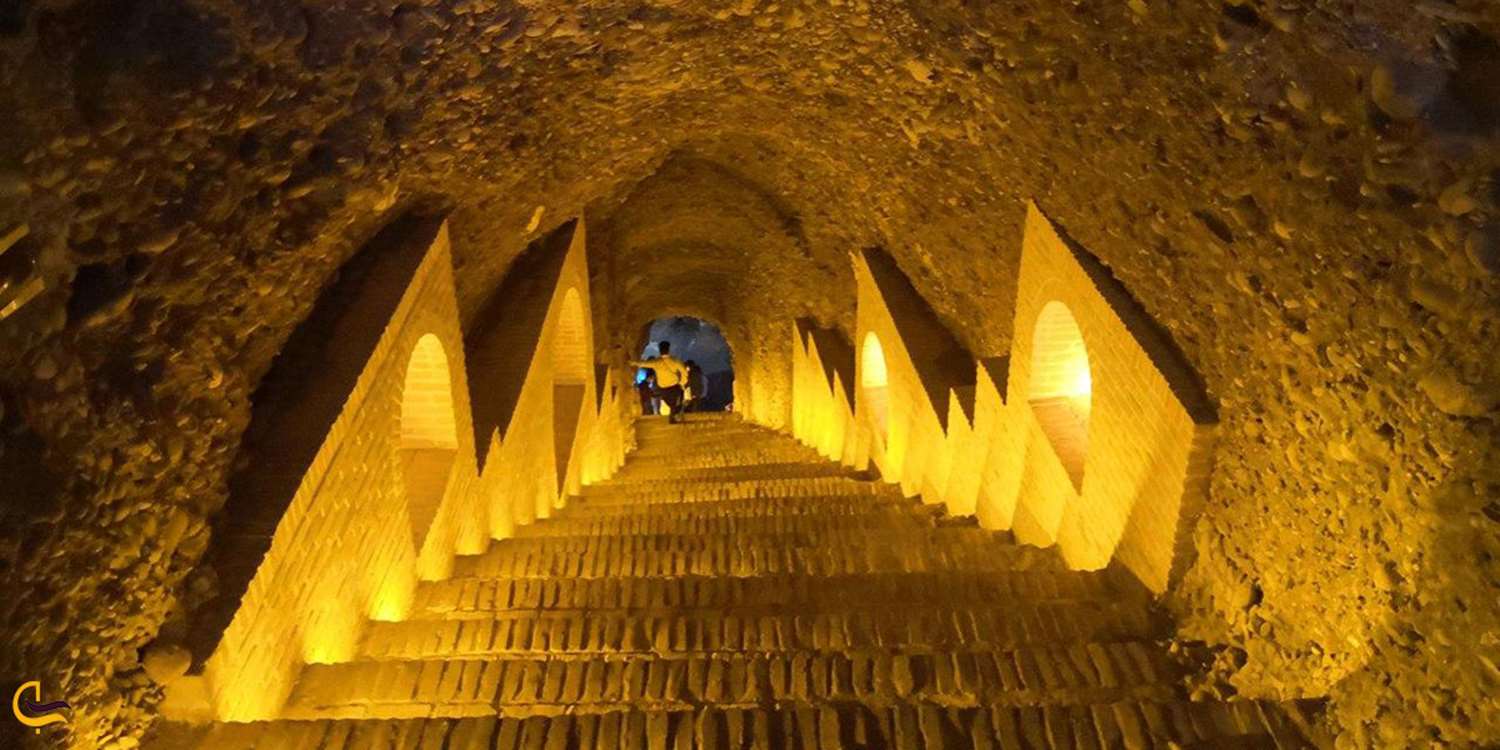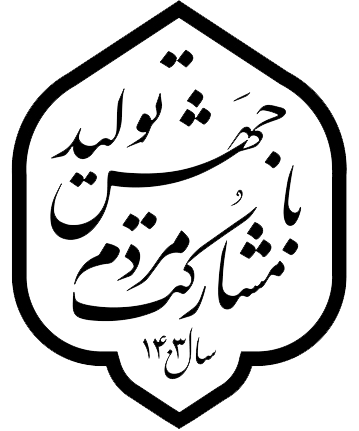Qanat restoration operations underway across Iran: Official

Qanat restoration operations underway across Iran: Official
Head of the water affairs department of Iran’s Agriculture Ministry announced that some 700 kilometers of qanats across the country underwent repairs in the past Iranian calendar year 1401 (ended on March 20).
With funds allocated from the national budget and other sources of funding, 700 kilometers of the country’s qanats were rehabilitated last year, Reza Sarafrazi said.
He added that a total of 26,000 kilometers of qanats need restoration and preservation across the country.
Qanats are underground aqueducts first used by Persians c. 1000 BC. These structures were used to transfer water from aquifers in highlands to the surface at lower levels by gravity. Historians believe the qanats of Iran were built on a scale that rivaled the great aqueducts of the Roman Empire.
Noting that more funds need to be allocated to recondition qanats in the dry provinces of Yazd, South Khorasan, Razavi Khorasan, Isfahan and Semnan, Sarafrazi said the restoration projects would help increase the extraction of underground water by 10 to 15 percent.
Throughout the arid regions of Iran, agricultural and permanent settlements are supported by the ancient qanat system of tapping alluvial aquifers at the heads of valleys and conducting the water along underground tunnels by gravity, often over many kilometers.
South Khorasan, Yazd, Kerman, Isfahan and Markazi provinces are home to the 11 qanats inscribed on UNESCO's World Heritage List. Reportedly, some of them include rest areas for workers, water reservoirs and watermills.
The traditional communal management system still in place allows equitable and sustainable water sharing and distribution.
The qanats provide exceptional testimony to cultural traditions and civilizations in desert areas with an arid climate.







